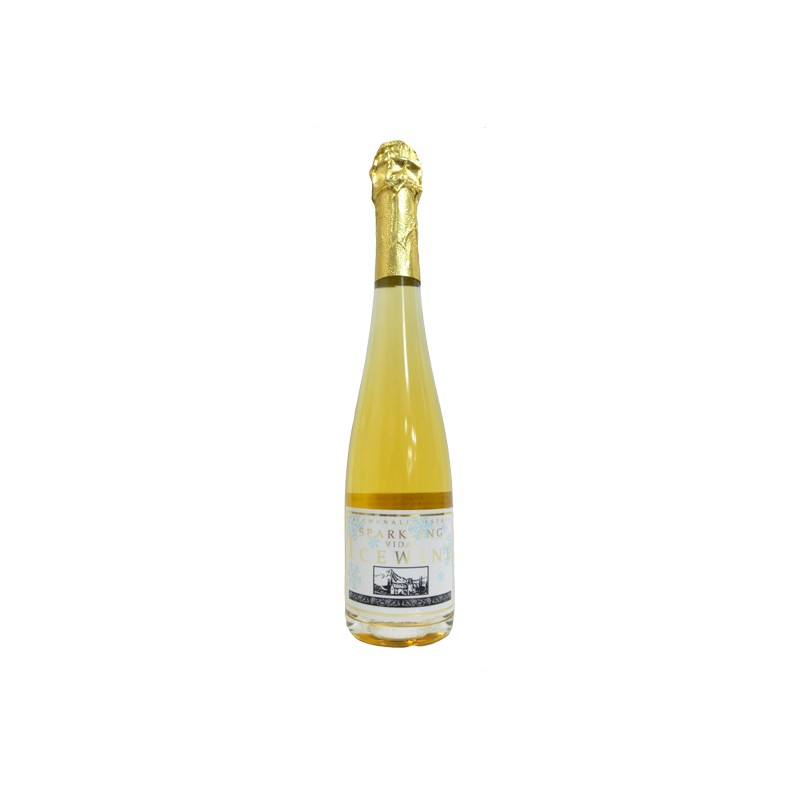
But production is tricky, as the bunch stem can degrade and bunches can fall from the vine. In Germany Riesling is the flagship grape variety for ice wine (or more properly Eiswein), as for all other white wine styles. In 1991, Inniskillin won the Grand Prix d'Honneur at Bordeaux's Vinexpo wine fair, firmly establishing Canada's ice wines in the global wine marketplace. However, a year later Inniskillin tried again – this time using bird nets – and achieved the first commercial-sized ice wine crop in the country. In 1983, several producers across Ontario, including Inniskillin, had attempted to produce ice wines, but each lost all or most of their crop. In Canada, the style was first made in experimental quantities in the late 1970s. Another was the invention of the pneumatic grape press by German firm Willmes in 1951, allowing gentle, closely controlled pressing to release the juice. The development of protective plastic netting in the second half of the 20th Century was a key advance helping to increase the popularity of the style among winemakers. While the grapes are on the vine, a lot of effort has to be made to protect them from birds and other animals who would welcome the addition to their meager winter diets. A chance tasting revealed intense sweetness and so the grapes were pressed and fermentation was attempted. In a harsh winter, some grapes were left hanging to become animal fodder. There are some indications in classical literature that some ice wines were made in the Roman period, but the earliest clear documentation dates from the 1829 vintage (with grapes picked in February 1830) at Dromersheim in Rheinhessen, Germany. Canada dominates global output it is the only ice-wine-producing country that is cold enough guarantee an ice wine crop every year, which in turn encourages growers to devote more vineyard space to the style.

Unsurprisingly, given the climate and weather requirements, the top countries for natural ice wine production are Canada, Germany and Austria.

not in the same year as the vintage appearing on the label. Often, to get the required fully frozen fruit, the grapes are not picked until January and sometimes February – i.e. This juice can be twice as sweet as that for a typical dry wine, with acidity levels similarly elevated. Because the water freezes more readily than the various sugars, acids, and dissolved solids, when still-frozen grapes are pressed, just a drop or two of concentrated juice is released from each grape. We have previously written about wines made from botrytis rot-affected grapes, where the mold desiccates the fruit another way to remove water from a grape is to allow it to be frozen. About 75 percent of the ice wine in Canada comes from Ontario.© Destination Canada | Winemaking on the edge. Canada and Germany are the world's largest producers of ice wines. Ice wine production is limited to that minority of the world's wine-growing regions where the necessary cold temperatures can be expected to be reached with some regularity. This results in relatively small amounts of ice wine being made worldwide, making ice wines generally expensive. Ice wine production is risky (the frost may not come at all before the grapes rot or are otherwise lost) and requires the availability of a large enough labour force to pick the whole crop within a few hours, at a moment's notice, on the first morning that is cold enough.
Brands of ice wine free#
When the grapes are free of Botrytis, they are said to come in "clean". This gives ice wine its characteristic refreshing sweetness balanced by high acidity. Only healthy grapes keep in good shape until the opportunity arises for an ice wine harvest, which in extreme cases can occur after the New Year, on a northern hemisphere calendar. Unlike the grapes from which other dessert wines are made, such as Sauternes, Tokaji, or Trockenbeerenauslese, ice wine grapes should not be affected by Botrytis cinerea or noble rot, at least not to any great degree. With ice wines, the freezing happens before the fermentation, not afterwards. The grapes' must is pressed from the frozen grapes, resulting in a smaller amount of more concentrated, very sweet wine. The sugars and other dissolved solids do not freeze, but the water does, allowing for a more concentrated grape juice to develop. Ice wine (or icewine German: Eiswein) is a type of dessert wine produced from grapes that have been frozen while still on the vine. Limited Edition / Rare / Special Edition.


 0 kommentar(er)
0 kommentar(er)
